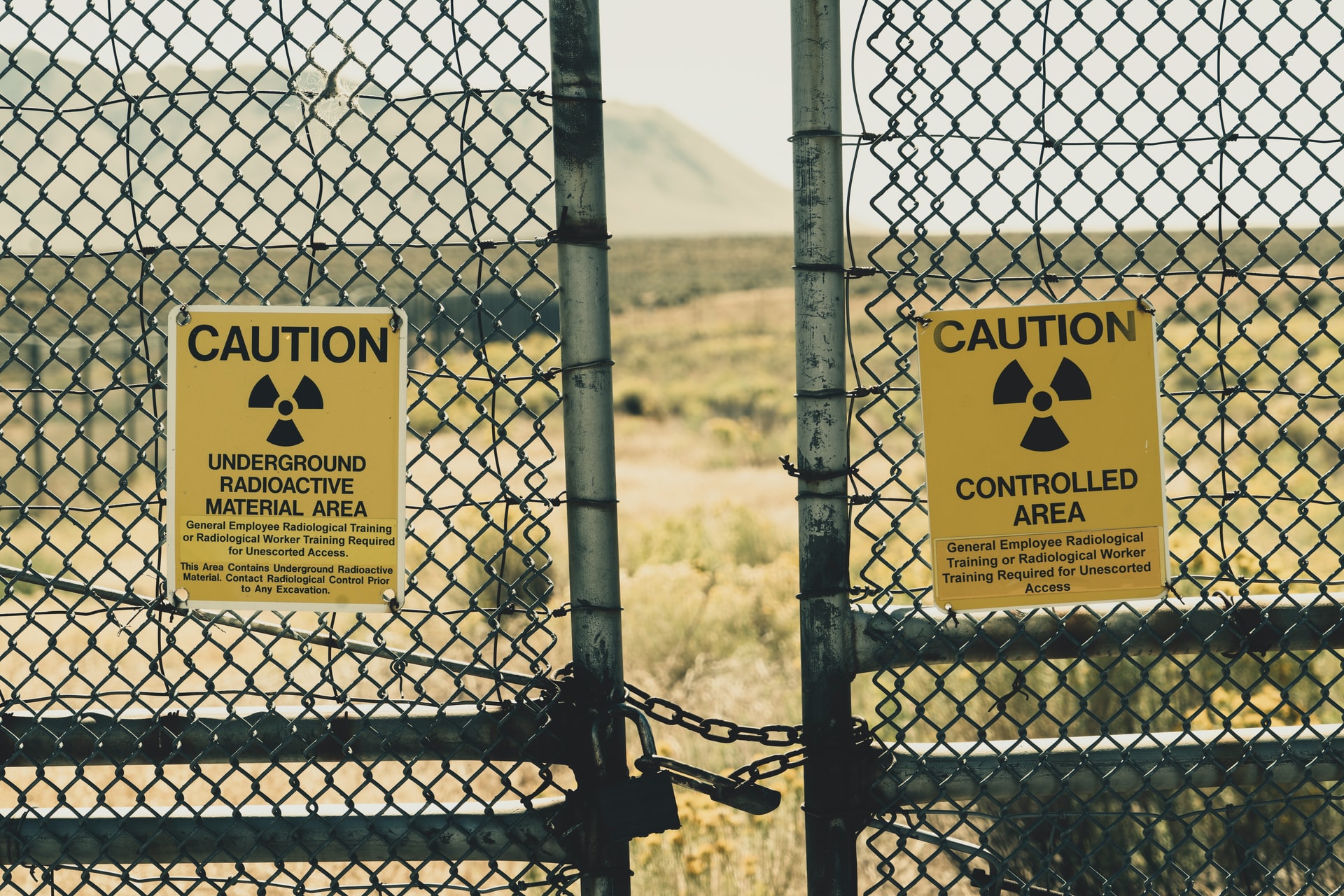Perhaps you hate firing up the Slack channel every morning, or you dread answering emails. Maybe it’s the incessant meetings that go nowhere that drive you crazy. But are these signs that you’re in a digital toxic work environment?
Probably not.
A digital toxic work environment is more than just hating your job. It’s where burnout, disdain, and a lack of direction or great leadership intersect. You don’t learn, you aren’t productive, and you fail to excel at what you do best.
Toxic work environments permeate every level of an organization.
If the symptoms of this scenario resonate with you, a toxic work environment might be the culprit. Learn how to identify such a workplace, what’s causing it in the digital age, and the million dollar question: should you find a new job?
A modern context of the toxic work environment amid the Great Resignation
Amid the COVID pandemic, more workers identified what was important in their lives: flexibility, family, and happiness. Why? Because remote work finally afforded them the opportunity. No longer was a person doomed to spend nine days a year commuting or heading into the office for an exhausting day. It was all at home.
This led to an unprecedented amount of workers calling it quits. Known as the Great Resignation, the event hit its apex in April 2021 with over 4 million employees quitting in a single month.
However, the Great Resignation is more than just a pursuit of the more important things in life. As employers forced employees back into the office, these workers may have found that a toxic work environment waiting for them. In a “grass is always greener” move, remote work became the Holy Grail of work arrangements and one that empowered workers to get back to work on their own terms.
Perhaps a toxic work environment wasn’t the only source of resignations, but it provided workers with an objective look at the practices of businesses and managers.
Signs and symptoms of a toxic digital work environment
A long-term hiatus from an onsite work arrangement can certainly shed light on the signs and symptoms of a toxic digital work environment. However, subjective opinions and observations can cause a cavalcade of doubt and gray areas. Thus, you may feel like you’re in a toxic environment.
But are you really?
Remote toxic work environments have some similarities to onsite ones of the past, yet with a few notable differences. By learning the signs and symptoms of toxic environments, you can make the notable observation: is it toxic? Or is it you?
Overlooked and underpaid
A tenet of American work is that if you work hard, you’ll go far. Yet without the supervision and oversight of employers that you find in onsite work, the digital workplace may overlook your accomplishments and work ethic.
While favoritism will almost always run rampant in organizations, you may have noticed that some of your coworkers aren’t nearly as productive working from home. You might be picking up the slack as a result.
The idea is that a digital toxic work environment rewards favorites or lacks disciplinary action for those not pulling their weight. As a result, you’re left doing their work without the pay or praise you rightfully deserve.
Leadership is lagging
A shift to the digital workplace required (and still does require) managers to analyze their management styles and decide what works and what doesn’t. In addition, learning what new concepts to embrace and those to leave behind became essential.
However, some leaders refuse to change to a digitally friendly format. Whether it’s the product of stubbornness or a “if it ain’t broke” mentality is irrelevant. If managers fail to provide leadership, direction, and support to make you a true asset, this qualifies as a symptom of toxicity.
No clarity and little parity
In an ideal world, the digital work environment provides plenty of clarity with respect to job roles and expectations. Furthermore, parity should follow, as the idea of cohesiveness among titles and departments becomes more apparent and necessary.
While managers are free to supervise and direct in a traditional work environment, the process may have grinded to a halt in the digital workplace. You may suddenly have more responsibilities or be expected to work certain hours yet nothing is in writing. You’re suddenly an on-call employee without your approval.
This lack of clarity in job roles or parity in the expectations among each employee can breed resentment. But it’s not your fault; it’s a sign of a toxic work environment that’s not easily addressed.
Vacation and sick-day issues
Historically, some employers have been suspicious and wary of sick days. Some even frown on taking all of your vacation days. In the traditional office setting, many workers left PTO on the table, as many thought they’d be disciplined or overlooked for a promotion.
In the digital world, such suspicions still exist, but they manifest themselves in different ways, especially in a toxic digital work environment. In these workplaces, you might find expectations to always be connected. Vacation and sick days don’t fit into this mold.
If you’re hassled or the disappointing tone is palpable because you’re using benefits that are rightfully yours, it’s not something you should tolerate.
Is your job really worth leaving?
Like transformations in politics or social issues, rectifying a toxic work environment can’t happen overnight. If you believe in the vision or mission of your employer, airing your concerns and setting a time frame for change may be the better alternative than leaving a toxic work environment.
But if you’ve already embraced the digital workplace and don’t want to return to the office, you may find that your happiness and the pursuit of work-life harmony justifies a move elsewhere. If this is what you decide, remember this: a toxic work environment is more common than you think. Conduct your due diligence on the companies you apply to and don’t fear being out of a job — at least momentarily.
If you’ve made it this far, you have the skills and personality to inject success into a new business. Trusting yourself is half the battle.
Photo by Dan Meyers on Unsplash
Perhaps you hate firing up the Slack channel every morning, or you dread answering emails. Maybe it’s the incessant meetings that go nowhere that drive you crazy. But are these signs that you’re in a digital toxic work environment?
Probably not.
A digital toxic work environment is more than just hating your job. It’s where burnout, disdain, and a lack of direction or great leadership intersect. You don’t learn, you aren’t productive, and you fail to excel at what you do best.
Toxic work environments permeate every level of an organization.
If the symptoms of this scenario resonate with you, a toxic work environment might be the culprit. Learn how to identify such a workplace, what’s causing it in the digital age, and the million dollar question: should you find a new job?
A modern context of the toxic work environment amid the Great Resignation
Amid the COVID pandemic, more workers identified what was important in their lives: flexibility, family, and happiness. Why? Because remote work finally afforded them the opportunity. No longer was a person doomed to spend nine days a year commuting or heading into the office for an exhausting day. It was all at home.
This led to an unprecedented amount of workers calling it quits. Known as the Great Resignation, the event hit its apex in April 2021 with over 4 million employees quitting in a single month.
However, the Great Resignation is more than just a pursuit of the more important things in life. As employers forced employees back into the office, these workers may have found that a toxic work environment waiting for them. In a “grass is always greener” move, remote work became the Holy Grail of work arrangements and one that empowered workers to get back to work on their own terms.
Perhaps a toxic work environment wasn’t the only source of resignations, but it provided workers with an objective look at the practices of businesses and managers.
Signs and symptoms of a toxic digital work environment
A long-term hiatus from an onsite work arrangement can certainly shed light on the signs and symptoms of a toxic digital work environment. However, subjective opinions and observations can cause a cavalcade of doubt and gray areas. Thus, you may feel like you’re in a toxic environment.
But are you really?
Remote toxic work environments have some similarities to onsite ones of the past, yet with a few notable differences. By learning the signs and symptoms of toxic environments, you can make the notable observation: is it toxic? Or is it you?
Overlooked and underpaid
A tenet of American work is that if you work hard, you’ll go far. Yet without the supervision and oversight of employers that you find in onsite work, the digital workplace may overlook your accomplishments and work ethic.
While favoritism will almost always run rampant in organizations, you may have noticed that some of your coworkers aren’t nearly as productive working from home. You might be picking up the slack as a result.
The idea is that a digital toxic work environment rewards favorites or lacks disciplinary action for those not pulling their weight. As a result, you’re left doing their work without the pay or praise you rightfully deserve.
Leadership is lagging
A shift to the digital workplace required (and still does require) managers to analyze their management styles and decide what works and what doesn’t. In addition, learning what new concepts to embrace and those to leave behind became essential.
However, some leaders refuse to change to a digitally friendly format. Whether it’s the product of stubbornness or a “if it ain’t broke” mentality is irrelevant. If managers fail to provide leadership, direction, and support to make you a true asset, this qualifies as a symptom of toxicity.
No clarity and little parity
In an ideal world, the digital work environment provides plenty of clarity with respect to job roles and expectations. Furthermore, parity should follow, as the idea of cohesiveness among titles and departments becomes more apparent and necessary.
While managers are free to supervise and direct in a traditional work environment, the process may have grinded to a halt in the digital workplace. You may suddenly have more responsibilities or be expected to work certain hours yet nothing is in writing. You’re suddenly an on-call employee without your approval.
This lack of clarity in job roles or parity in the expectations among each employee can breed resentment. But it’s not your fault; it’s a sign of a toxic work environment that’s not easily addressed.
Vacation and sick-day issues
Historically, some employers have been suspicious and wary of sick days. Some even frown on taking all of your vacation days. In the traditional office setting, many workers left PTO on the table, as many thought they’d be disciplined or overlooked for a promotion.
In the digital world, such suspicions still exist, but they manifest themselves in different ways, especially in a toxic digital work environment. In these workplaces, you might find expectations to always be connected. Vacation and sick days don’t fit into this mold.
If you’re hassled or the disappointing tone is palpable because you’re using benefits that are rightfully yours, it’s not something you should tolerate.
Is your job really worth leaving?
Like transformations in politics or social issues, rectifying a toxic work environment can’t happen overnight. If you believe in the vision or mission of your employer, airing your concerns and setting a time frame for change may be the better alternative than leaving a toxic work environment.
But if you’ve already embraced the digital workplace and don’t want to return to the office, you may find that your happiness and the pursuit of work-life harmony justifies a move elsewhere. If this is what you decide, remember this: a toxic work environment is more common than you think. Conduct your due diligence on the companies you apply to and don’t fear being out of a job — at least momentarily.
If you’ve made it this far, you have the skills and personality to inject success into a new business. Trusting yourself is half the battle.
Photo by Dan Meyers on Unsplash
)
)
)







